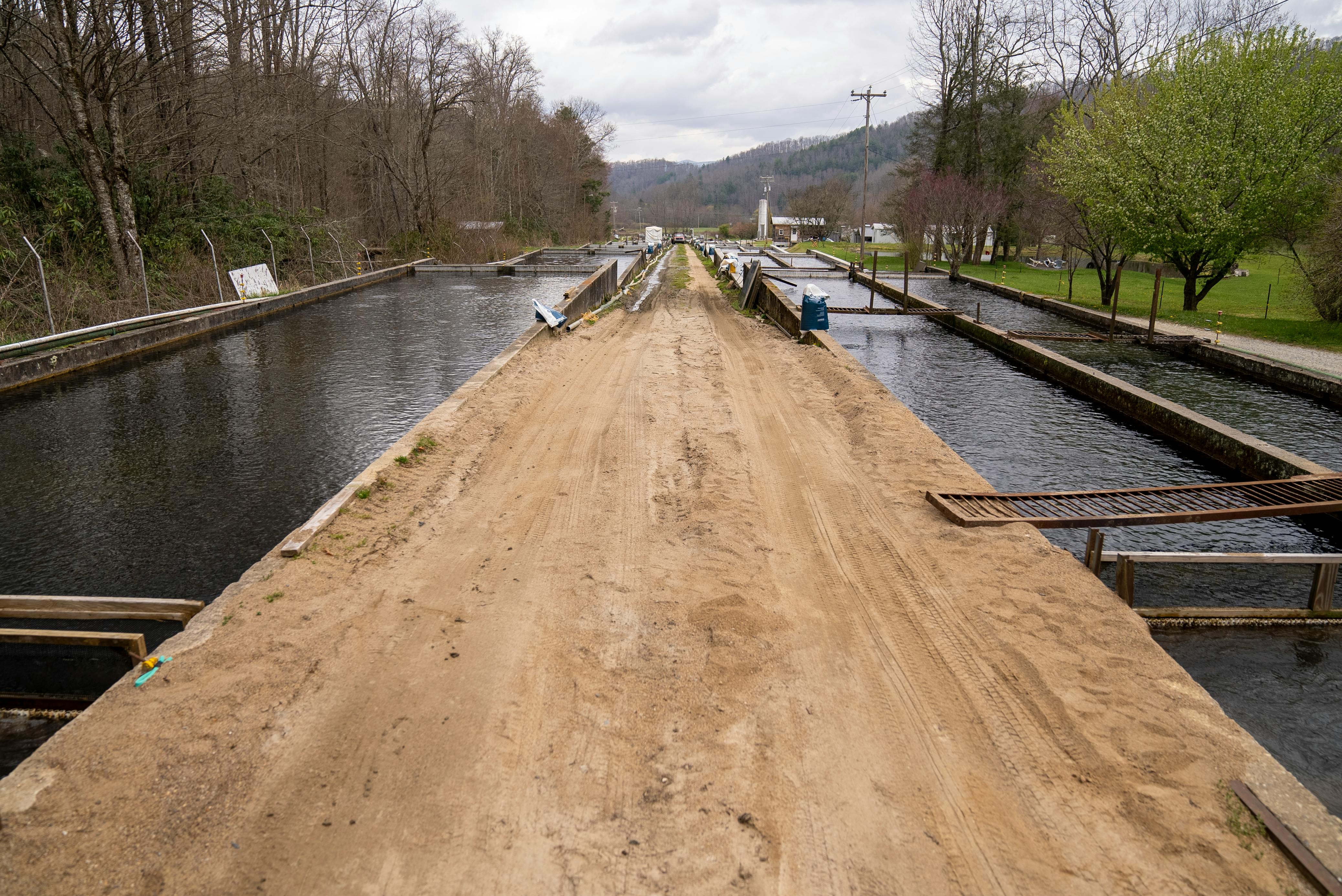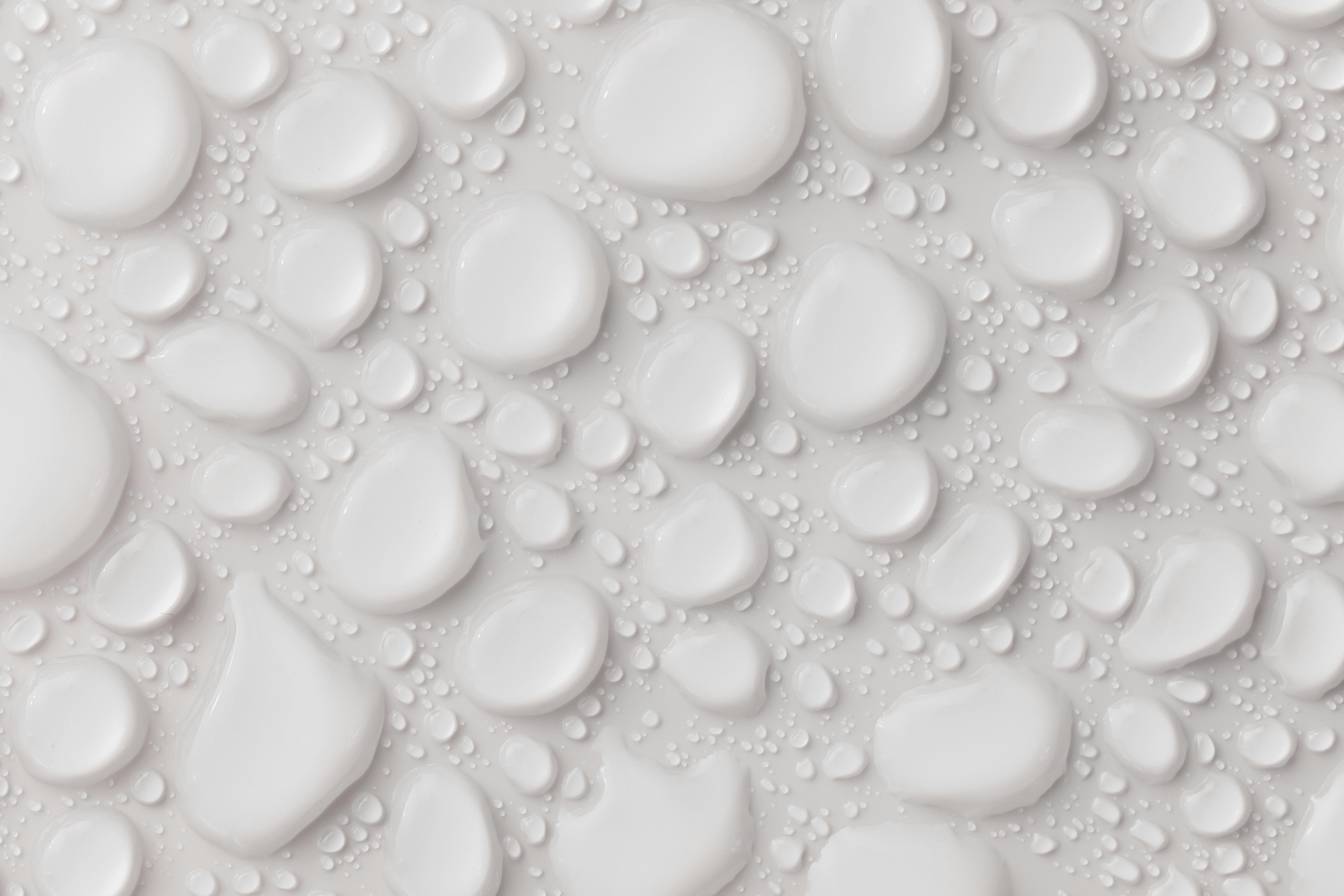Distilled water and purified water are both forms of water that have been treated to reduce the number of contaminants and impurities. The difference between the two is that distilled water has been boiled to remove contaminants, while purified water has been filtered or processed in other ways to remove contaminants. Both forms of water can be used for drinking, cooking, and other purposes.Distilled water is a type of purified water that has had both impurities and minerals removed. It is created by boiling water and condensing the steam into a clean container, leaving impurities behind. The process of distilling removes any potential contaminants from the water such as bacteria, viruses, and other dissolved solids. Distilled water is used for many different purposes including drinking, medical use, automotive use, and in manufacturing processes.
Purified Water
Purified water is water that has been treated to remove impurities, contaminants, and other unwanted substances. Purified water is often used for drinking, medical treatments, and for food preparation. It is also used in many industrial processes such as cooling towers, boiler systems, and production processes. The purification process typically involves filtration to remove large particles, followed by distillation or reverse osmosis to remove smaller particles and dissolved solids. Additional treatments may include UV light treatment or chemical disinfection to kill any remaining microorganisms. Purified water is considered to be of higher quality than regular tap water and provides a safe environment for drinking and food preparation.
Purified water is essential for many medical procedures, including dialysis, kidney transplants, chemotherapy regimens, and organ transplants. In addition, purified water is often used in laboratories for scientific experiments and analysis. It can also be used in aquariums to ensure the health of aquatic life. Purified water can also be used in commercial food processing plants when preparing products such as canned goods or juices.
Where Do Distilled and Purified Waters Come From?
Distilled and purified water are both types of water that have been treated to remove impurities, such as minerals, bacteria, and other contaminants. Distilled water is created by boiling water and collecting the steam, which is then condensed back into liquid form. This process removes impurities, but also removes beneficial minerals. Purified water is typically created through a process called reverse osmosis, which uses pressure to force tap water through a semi-permeable membrane. This removes larger particles like sediment and bacteria, while still allowing beneficial minerals to pass through. Both distilled and purified waters are used for a variety of purposes, from drinking to industrial applications.
Distilled and purified waters can come from a variety of sources. Tap water is one of the most common sources for both types of water treatment. Municipal tap water is usually safe for drinking but may contain trace amounts of contaminants that can be removed with either distillation or purification processes. In some cases, groundwater sources may also be used; however these may need to be treated more heavily due to potential contaminants like bacteria or agricultural runoff.
Distilled Water
Distilled water is produced by a process called distillation. During this process, water is boiled and the steam is collected and cooled to form distilled water. The boiling point of distilled water is higher than that of regular tap water, which makes it more effective at killing bacteria and other impurities. Distillation also removes any dissolved minerals and solids that are present in the source water, making it purer than tap water. Distilled water has a very low mineral content and can be used for drinking, cooking, or other purposes where a high level of purity is required.
Purified Water
Purified water is produced through a variety of methods depending on the type of contaminant present in the source water. Common methods for producing purified water include reverse osmosis, deionization, and carbon filtration. Reverse osmosis involves forcing the source water through a semi-permeable membrane to remove dissolved solids, while deionization removes ions from the source water to produce purified drinking water. Carbon filtration involves passing the source through activated carbon which adsorbs organic compounds such
Distillation
Distillation is a process of separating the components or substances from a liquid mixture by using selective boiling and condensation. It involves boiling the mixture to vaporize the more volatile components, and then condensing the vapor back into a liquid form. Distillation is used to separate water from salt, ethanol from water, as well as many other mixtures. The process can also be used to purify liquids or increase their concentration. During distillation, the vaporized components of the mixture will condense at different temperatures, allowing them to be separated based on their boiling points. This process is widely used in chemical processing and in laboratories for analyzing compounds.

Process of Purification
The process of purification involves the removal of impurities from a substance. This can be achieved through a variety of methods, such as filtration, distillation, crystallization, and chromatography. Filtration is used to separate solid particles from a liquid or gas, while distillation is used to separate liquids and gases. Crystallization is used to obtain pure compounds from solutions. Chromatography is a technique used to separate components in a mixture based on their different properties.
Filtration uses materials such as paper or cloth to filter out solid particles from liquids or gases. The material must be porous so that the liquid or gas can pass through it while the solids are retained. This method is usually used when there are large amounts of solids present in the liquid or gas.
Distillation is a process by which liquids and gases are separated from each other using heat and pressure. The mixture is heated until one component vaporizes and condenses on the walls of the container, with the other components remaining liquid. This process can also be used to purify liquids by removing impurities that
Distilled Water
Distilled water is water that has been boiled and then condensed back into a liquid. The process of distillation removes all impurities, including minerals, bacteria, and other contaminants. This makes it ideal for use in medical applications and for drinking. It does not have any added minerals or other substances, so it tastes very pure and clean. It also does not contain any of the contaminants that may be present in tap water.
Purified Water
Purified water is water that has been filtered to remove impurities such as bacteria, viruses, and other contaminants. Many different methods of purification can be used to create purified water including reverse osmosis, distillation, deionization, and ultraviolet light. Purified water typically has a slightly different taste than distilled water since some minerals are still present in the water after purification. It is often used for drinking or for industrial purposes like making pharmaceuticals or electronics components.
The main difference between distilled and purified water is their method of production. Distilled water is produced by boiling the water to vaporize any impurities
Does One Have a Higher pH than the Other?
The answer to this question depends on what substances you are comparing. pH is a measure of how acidic or basic a substance is. Generally, water has a neutral pH of 7, meaning it is neither acidic nor basic. Comparing two substances with different pH values can help determine which one has a higher or lower pH.
For example, vinegar has an acidic pH of around 3 while baking soda has an alkaline pH of around 9. This means that the baking soda has a higher pH than the vinegar and is therefore more basic. Similarly, lemon juice has an acidic pH of around 2 while dish soap has an alkaline pH of around 9-10. This means that the dish soap also has a higher pH than the lemon juice and is therefore more basic.
When comparing two different substances, it is important to remember that there are several factors that can affect the final result. For example, the temperature and concentration of each substance can affect its final measured pH value. It is also important to note that the range of possible values for each substance varies greatly depending on its type and composition. Therefore

Conclusion
The difference between distilled water and purified water can be seen in terms of the processes used to create them. Distilled water is created through a process of boiling and condensation, while purified water is created through a variety of methods such as reverse osmosis, carbon filtration, or ultraviolet light. Both are effective types of water for drinking, however distilled water is the purest form available. It contains no minerals or other pollutants and is therefore the safest form of drinking water available.
Ultimately, it depends on your needs when deciding which type of water to drink. For general use, purified water should suffice as it contains fewer contaminants than tap water. If you require a higher purity level or are looking for a specific mineral content in your drinking water, then distilled may be the best choice for you.

